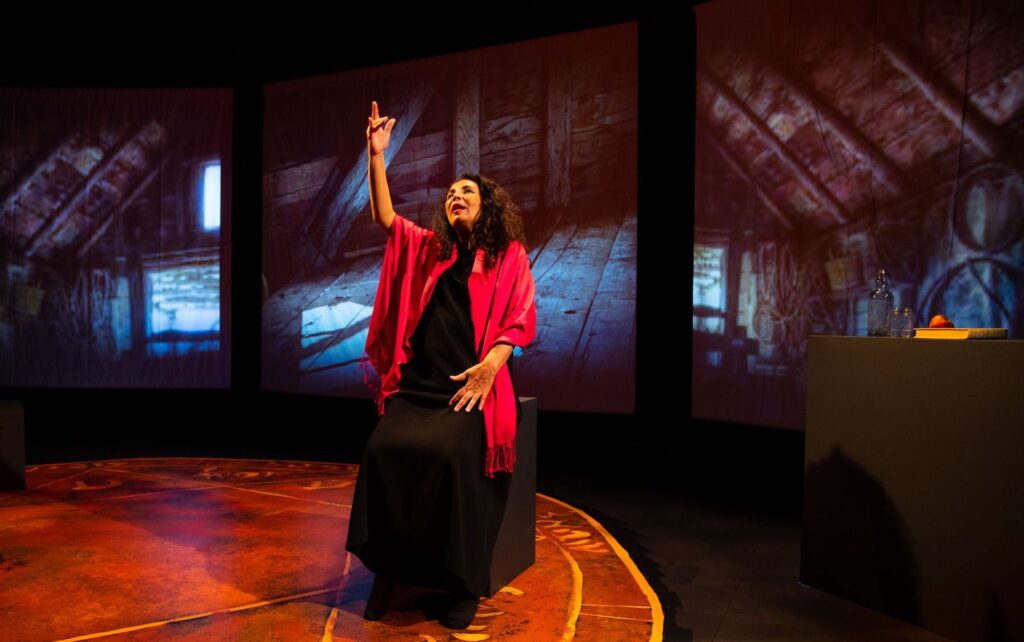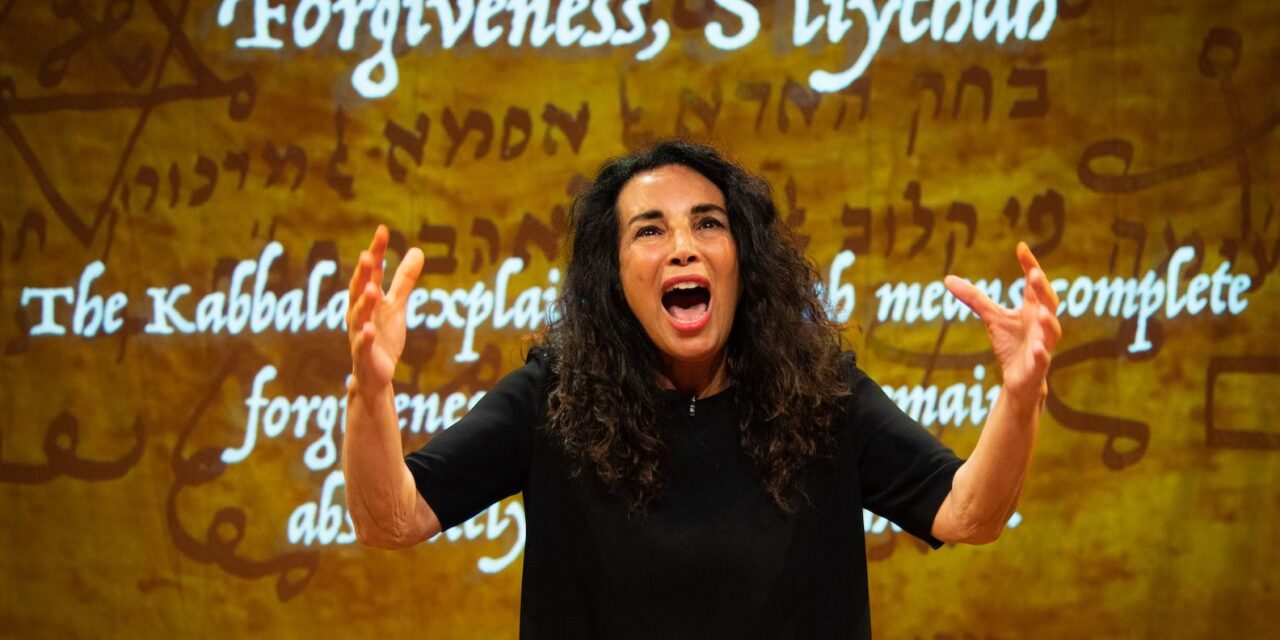By Marcina Zaccaria . . .
In Daughter of the Wicked, a strong-willed woman searches for the truth and meaning, after losing a sister. Having great spirit but little beyond margarine and jam, Shanit Keter-Schwartz, originally named Shoshana, depends on her brothers and sisters to guide her through devastating conditions in Yemen. Wishing the audience good luck, she continues telling her story, recounting an alarming travelogue that casts a dim light on a childhood damned by impoverished settings with hope just beyond reach. Suffering through extraordinary physical conditions, she questions daily practice until her mother names her “Daughter of the Wicked,” due to her incessant complaints.

Eventually, the family moves to Israel and is placed in a large building complex filled with crime. Though the environment is modern, adjustment to the new land is confusing. Described as one of the “dark Jews,” her family argues with Moroccan neighbors while seeking to find solace outside their home. Lessons from the Kabbalah steady her mind. She visits her brother on a kibbutz, appreciating what the new state of Israel has to offer. She is still haunted by the disappearance of her sister, who they feel went missing during the Yemenite Children Affair. Years later, from calm and stable rooms in New York, Los Angeles, and Israel, she remains troubled by this extraordinary loss. Eventually, she will marry an Ashkenazi Jew, take acting classes in New York, and work with experts to try to help find her sister or make sense of the greater loss of having a sibling disappear.


Director Ella Jane New balances this heartache with a clever type of storytelling that involves light movement, re-enactment of the past, and explanation of religious terminology. Media and sound design by Fritz Davis brings the audience past Yemen to Israel on a spiritual journey that most would never take. Finally, the Holy City at night, illuminated with stunning yellow domes and glowing blue lights, calms the senses. Isolation, Transformation, Reincarnation are argued, but what seems most relevant is the message that our bodies can surpass the struggle of adverse conditions. What’s left, though, seems to be an astonishing recollection of the adversity of a Yemenite upbringing and the dull ache of having lost a family member.
Daughter of the Wicked. Through May 14 at New York City Center, Stage II (131 West 55th Street, between Sixth and Seventh Avenues). www.nycitycenter.org
Photos: Russ Rowland


















